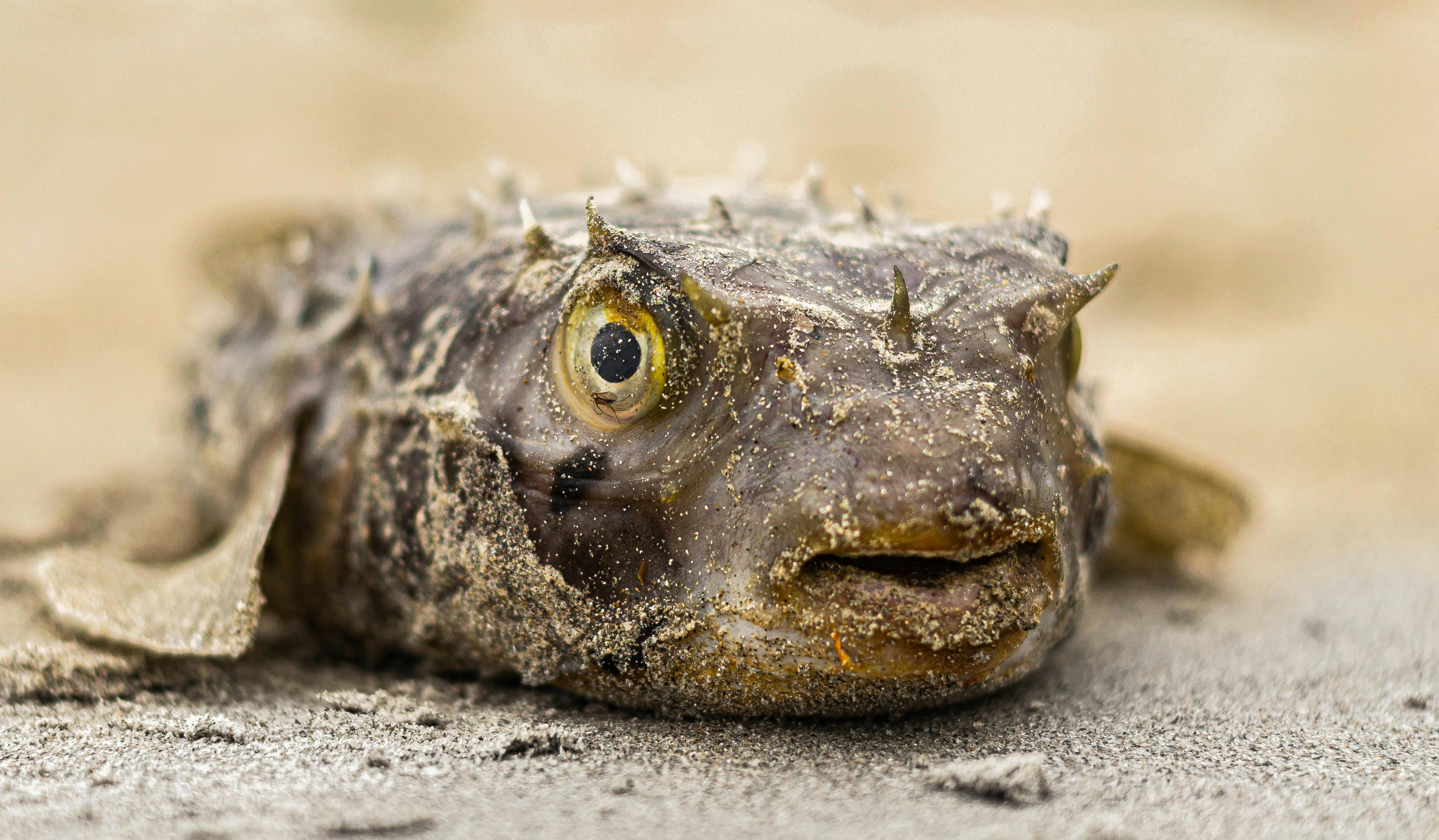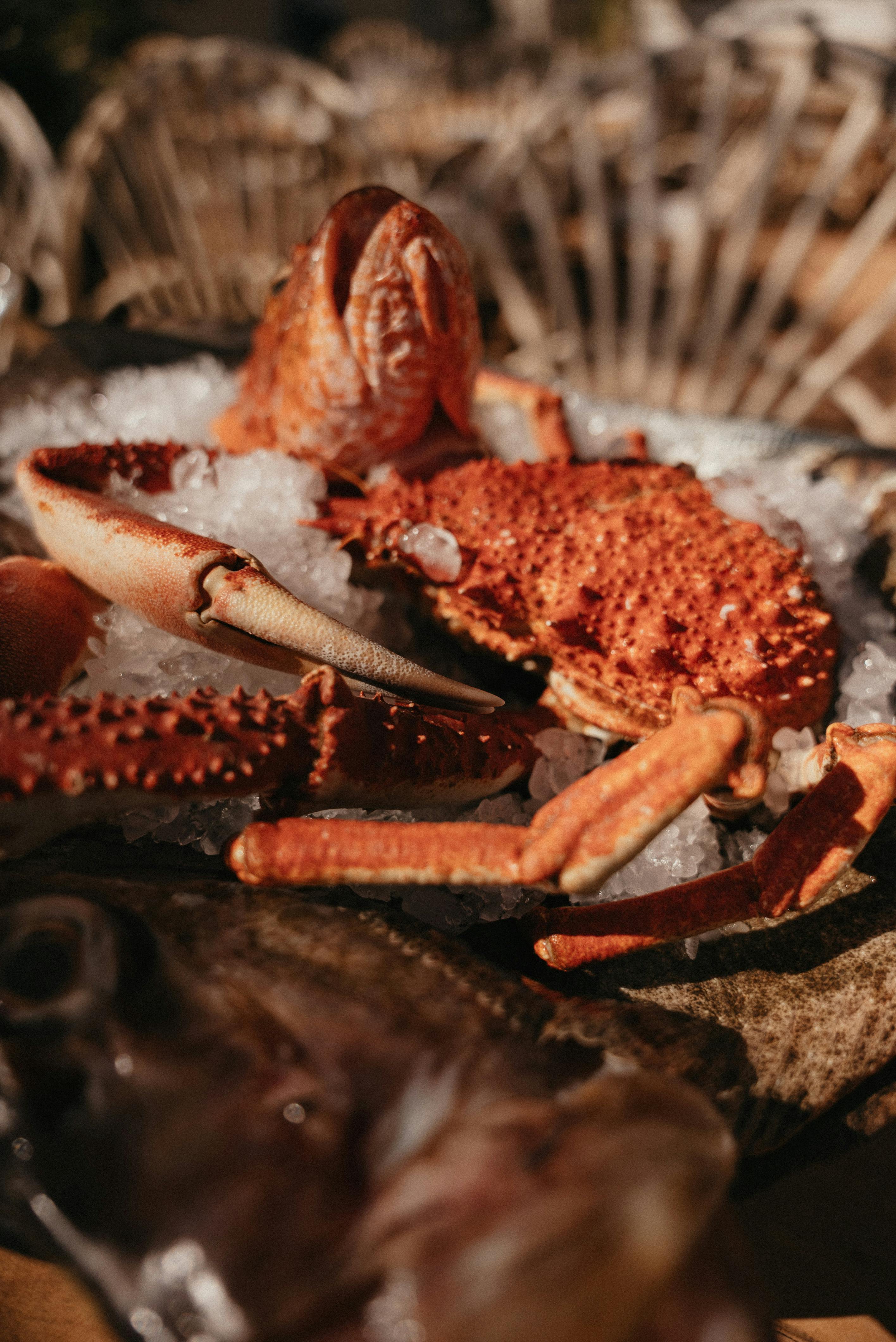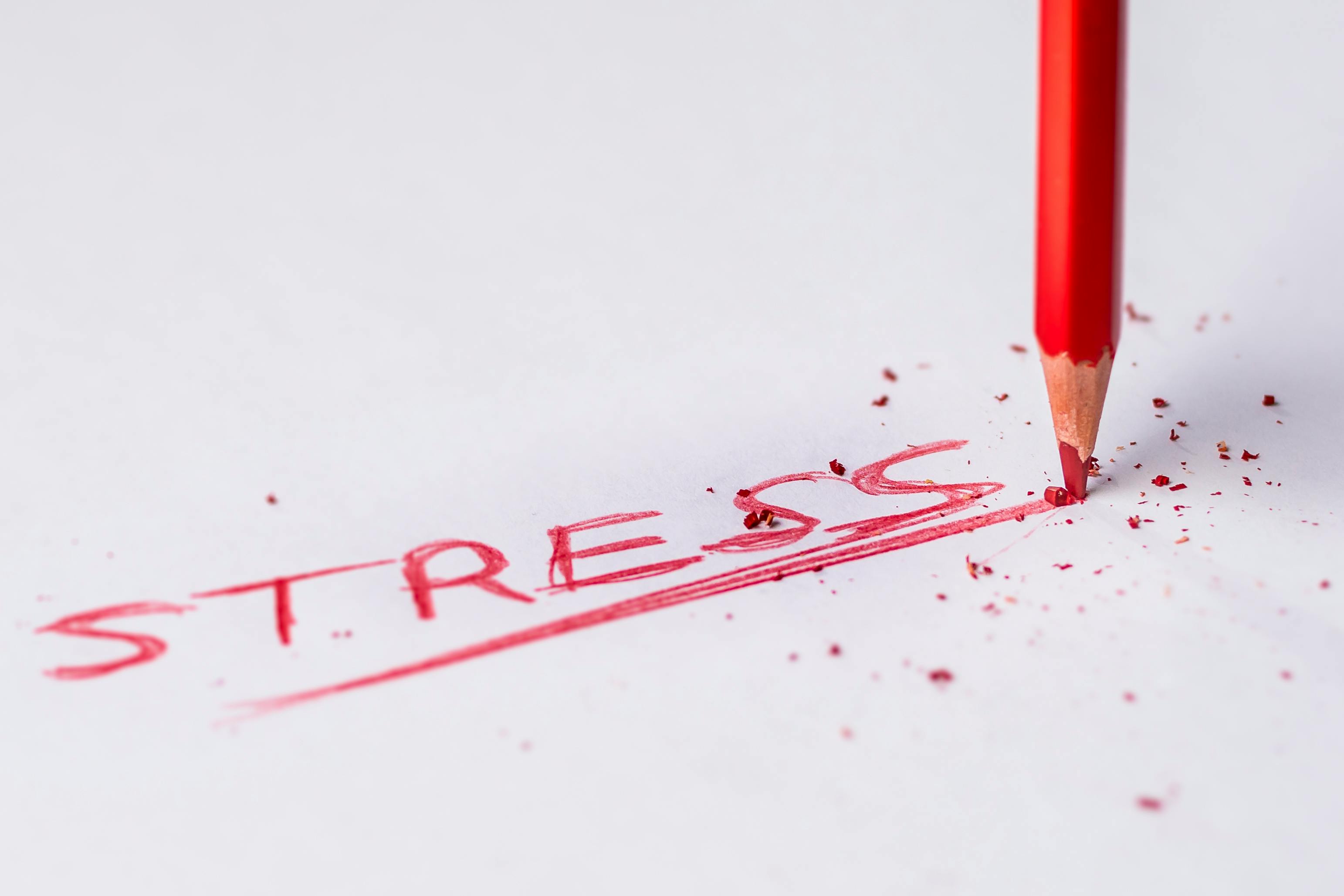
Discover 5 Effective Methods for a Pea Puffer Tank in 2025
Setting up a pea puffer tank can be a rewarding venture for both beginner and experienced aquarists. These fascinating fish, scientifically known as Carinotetraodon travancoricus, bring vibrant life and interaction to any freshwater aquarium. Understanding the fundamental aspects of their care, habitat, and social behavior is essential for ensuring their health and happiness. In this article, we will explore five effective methods for creating the ideal environment for your pea puffers, highlighting their dietary needs, tank mates, water parameters, and more.
Pea puffers are not only unique due to their adorable appearance but also because of their dynamic personalities. They require specific conditions to thrive, including adequate tank size, suitable tank mates, and the right food. Following these guidelines not only enhances their well-being but also enriches the aquarium experience for the owner. Let’s dive into the five essential methods for setting up a successful pea puffer tank.
Understanding Pea Puffer Tank Size and Setup
Before embarking on your journey to set up a pea puffer tank, one of the first considerations is the tank size for pea puffers. These small fish grow to about 1.5 inches at maximum size, but they still need ample space to express their natural behaviors and reduce stress.
Optimal Tank Dimensions
For a group of pea puffers, a minimum tank size of 20 gallons is recommended. This allows each fish to establish its territory and swim freely without feeling crowded. A larger tank also supports stable water quality and temperature, crucial for their health.
Aquarium Layout and Decoration
Creating a suitable environment is vital for pea puffers. Their preferred habitat typically features plenty of plants, caves, and hiding spots. Live plants not only enhance tank aesthetics but also improve water quality by absorbing toxins. Consider using species like Java moss and Anubias for this purpose.
Tank Filtration and Cycling
Proper filtration is essential to maintain water quality in your pea puffer tank. A filtration system capable of providing both mechanical and biological filtration will help keep the water clean. Additionally, it’s important to cycle your tank before introducing fish to establish beneficial bacteria, which help manage ammonia levels.
Maintaining Water Parameters for Pea Puffers
Water quality is a cornerstone of successful aquarium keeping, especially for delicate species like pea puffers. Regular monitoring of pea puffer water parameters will help prevent health issues and maintain a thriving habitat.
Temperature and pH Levels
Pea puffers thrive in water temperatures ranging from 73°F to 82°F. Keeping the water within this range is crucial for their metabolic functions. Furthermore, aim for a slightly acidic to neutral pH level between 6.5 and 7.5, which mimics their natural environment in freshwater rivers.
Oxygenation and Water Quality
Providing sufficient oxygen levels is equally important for pea puffers. A well-aerated tank prevents stress and promotes health. Regular water changes of about 25% every two weeks can help maintain optimal water conditions, removing excess waste and toxins.
Common Water Quality Issues
Be aware of common water quality issues such as nitrate spikes or high ammonia levels. Use test kits to regularly check these parameters, which can indicate potential problems before they become serious. Reacting quickly ensures your aquatic pets remain healthy and vibrant.

Choosing the Right Tank Mates for Pea Puffers
Finding suitable pea puffer tank mates is crucial for a harmonious aquarium environment. Pea puffers are generally known for their semi-aggressive nature, and they do well in community tanks if the right species are selected.
Compatible Fish Species
When looking for compatible fish species, opt for peaceful and similar-sized varieties. Avoid overly aggressive fish or those with long fins that may tempt puffers into nipping. Species like neon tetras, guppies, or even certain types of shrimp can coexist with pea puffers, provided that the tank is adequately spacious and well-decorated.
Social Behavior and Group Dynamics
While pea puffers can thrive in groups, they also exhibit territorial behavior. It’s vital to observe their interactions and be prepared to separate any overly aggressive individuals. This management ensures that all fish in the tank can cohabitate peacefully, supporting overall tank dynamics.
Monitoring Fish Interactions
Regularly observe your fish for signs of stress or aggression. Keeping a close eye on their behavior when introducing new tank mates can help you make necessary adjustments, maintaining the peace in your aquarium community.
Feeding and Diet Considerations for Pea Puffers
Feeding your pea puffers appropriately is as crucial as setting up their environment. A well-rounded pea puffer diet involves a mix of live, frozen, and high-quality pellets designed for puffers.
Best Food for Pea Puffers
Pea puffers enjoy a diet rich in nutrients. Offer them foods like bloodworms, brine shrimp, and specialized puffer pellets. Ensure that you provide varied food types to prevent dietary deficiencies and to meet their energy needs.
Feeding Schedule
Establishing a consistent feeding schedule is beneficial for their health. Feed them small amounts 1-2 times daily, ensuring they consume everything to maintain water quality. Observing their feeding habits can also provide insights into their health and energy levels.
Avoiding Overfeeding
While pea puffers may seem eager for food, overfeeding can lead to obesity and other health issues. Monitor their body condition and adjust feeding as necessary. Recognizing the signs of overfeeding helps maintain a healthy aquarium environment.

Regular Maintenance and Health Monitoring
Regular maintenance is vital to keep your pea puffer tank in optimal condition. Establish a routine that addresses water changes, filtration, and overall tank cleanliness.
Cleaning and Tank Maintenance Tips
Periodic cleaning of fixtures and decorations helps prevent algae buildup and maintains aesthetic appeal. Use a gravel vacuum during water changes to remove debris from the substrate, enhancing water circulation and quality.
Monitoring Health Issues
Watch for signs of common health problems in pea puffers, such as lethargy, discoloration, or changes in feeding behavior. Early detection can make a substantial difference in recovery. Consult a veterinarian specializing in aquatic pets for any serious concerns.
Signs of a Healthy Pea Puffer
Healthy pea puffers display active swimming behaviors, vibrant coloration, and an interest in feeding. Recognizing these indicators will help you ensure that your fish continue to thrive within their aquatic habitat.
By following these effective methods to set up and maintain a pea puffer aquarium, you'll create a healthy and productive environment for your fish. These little puffers not only brighten up your tank but also offer unique opportunities to observe interesting behaviors and interactions, making them a fantastic addition to any freshwater aquarium!